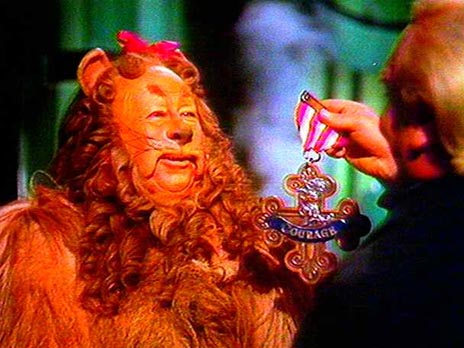The widescreen film became a special theatrical event in the 1950s through three key developments:
- Films being booked as blockbusters to a small number of first-run theatres as opposed to standard distribution.
- The theatres were refurbished creating a more spectacular experience
- The total experience between the widescreen and refurbishment created a form of participatory recreation where the audience were active contributor in the process.
André Bazin who is one of the most influential film critic and theorists distinguished an audience’s participation in theatre and cinema by noting theatre as a live experience requiring an active involvement by the audience whereas, cinema separated the performance space. John Belton in
In the 1950s there were four key developments in widescreen:
- Cinerama
- Cinemascope
- Eratz Widescreen
- Todd-AO

No comments:
Post a Comment